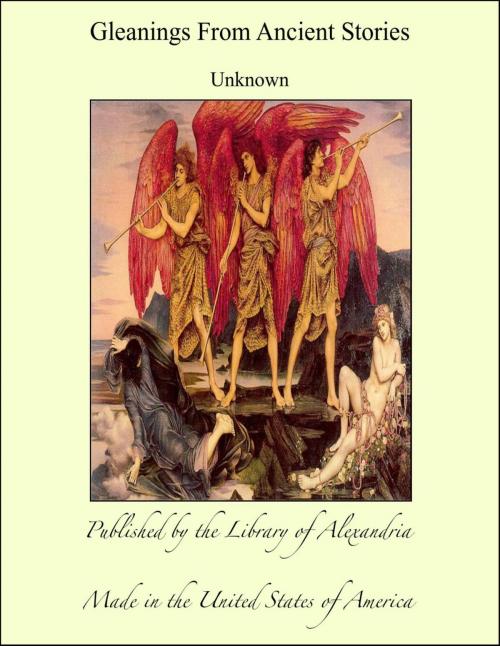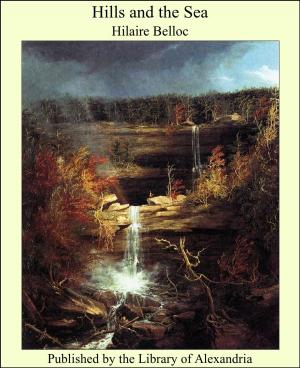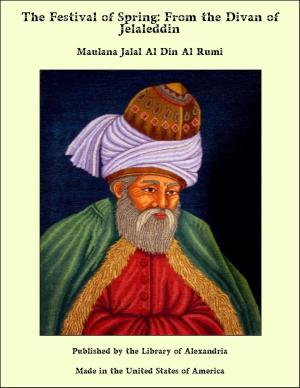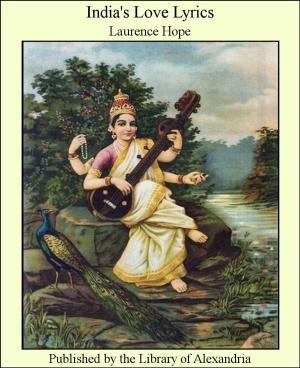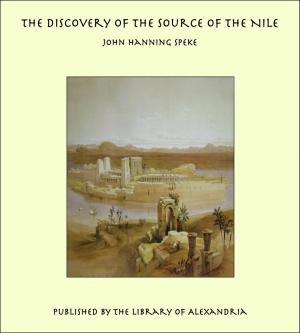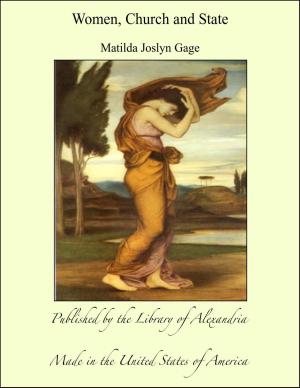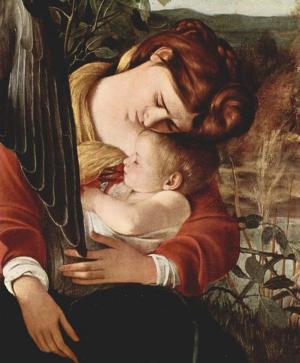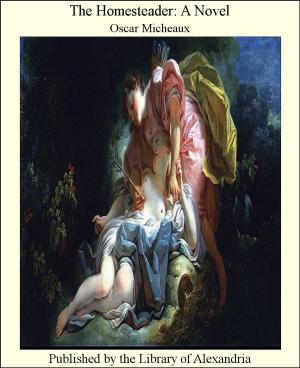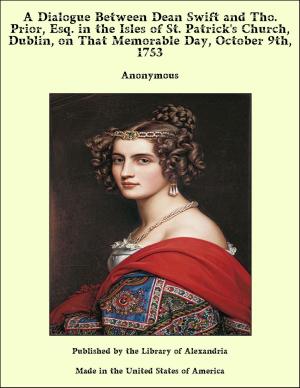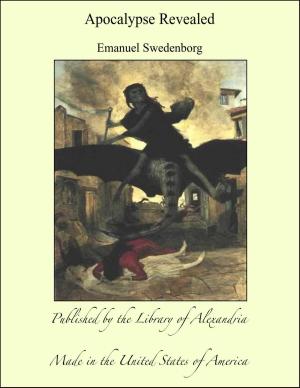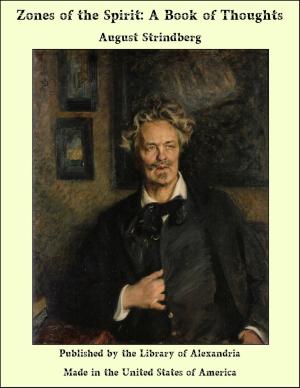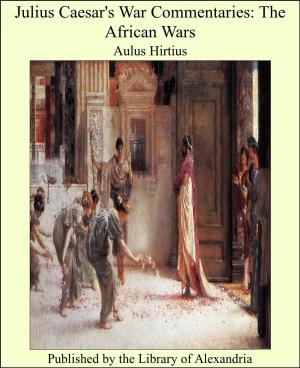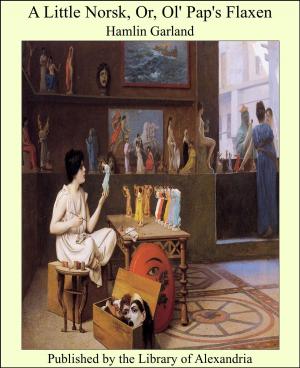Gleanings From Ancient Stories
Nonfiction, Religion & Spirituality, New Age, History, Fiction & Literature| Author: | Unknown | ISBN: | 9781465580436 |
| Publisher: | Library of Alexandria | Publication: | March 8, 2015 |
| Imprint: | Language: | English |
| Author: | Unknown |
| ISBN: | 9781465580436 |
| Publisher: | Library of Alexandria |
| Publication: | March 8, 2015 |
| Imprint: | |
| Language: | English |
In order to offer oriental scholars of the West material indispensable to the study of Japanese history and religion—particularly Shinto, the national religion of Japan—we venture to publish an English translation of the Kogoshui, an historical book of old Japan, together with some brief introductory remarks and an ample supply of critical notes, resulting from our study of the book for years. We trust that it may prove a useful supplement to the Kojiki and the Nihongi, which have long been familiar to foreign students of things Japanese, through the excellent translations of Prof. B. H. Chamberlain and W. G. Aston respectively. Some three or four years ago our regular work of studying and translating the Kogoshui into English was started under the auspices of the Zaidan Hojin Meiji Seitoku Kinen Gakkai or Meiji Japan Society founded in Japan in 1912 in commemoration of the Emperor Meiji, when His Majesty died, and moreover, this year the Committee of the Zaidan Hojin Keimei Kai encouraged us to hasten the completion of our work in question and publish it under its generous patronage, and thus the present English version has been brought to light. In expressing our grateful acknowledgments to both Societies mentioned above and to Mr. Richard Ponsonby Fane who has kindly given us some suggestive hints and read our type-written manuscript for us, our sincerest thanks are also due to Mrs. E. A. Gordon whose deep sympathy has induced her to give us her valuable assistance in matters of language, tirelessly reading for us, in spire of her weak eyes, our English manuscript throughout.
In order to offer oriental scholars of the West material indispensable to the study of Japanese history and religion—particularly Shinto, the national religion of Japan—we venture to publish an English translation of the Kogoshui, an historical book of old Japan, together with some brief introductory remarks and an ample supply of critical notes, resulting from our study of the book for years. We trust that it may prove a useful supplement to the Kojiki and the Nihongi, which have long been familiar to foreign students of things Japanese, through the excellent translations of Prof. B. H. Chamberlain and W. G. Aston respectively. Some three or four years ago our regular work of studying and translating the Kogoshui into English was started under the auspices of the Zaidan Hojin Meiji Seitoku Kinen Gakkai or Meiji Japan Society founded in Japan in 1912 in commemoration of the Emperor Meiji, when His Majesty died, and moreover, this year the Committee of the Zaidan Hojin Keimei Kai encouraged us to hasten the completion of our work in question and publish it under its generous patronage, and thus the present English version has been brought to light. In expressing our grateful acknowledgments to both Societies mentioned above and to Mr. Richard Ponsonby Fane who has kindly given us some suggestive hints and read our type-written manuscript for us, our sincerest thanks are also due to Mrs. E. A. Gordon whose deep sympathy has induced her to give us her valuable assistance in matters of language, tirelessly reading for us, in spire of her weak eyes, our English manuscript throughout.
